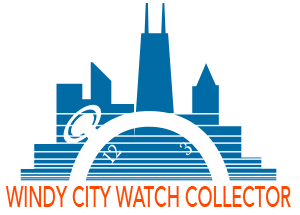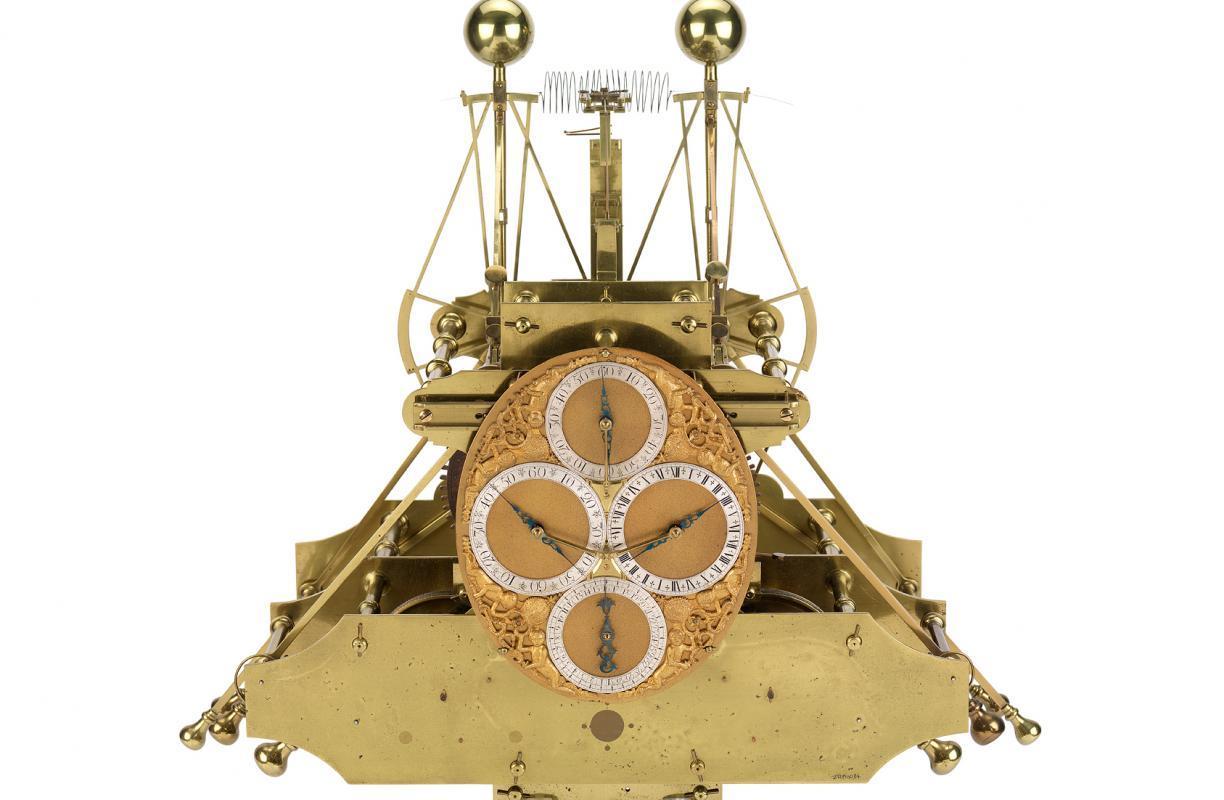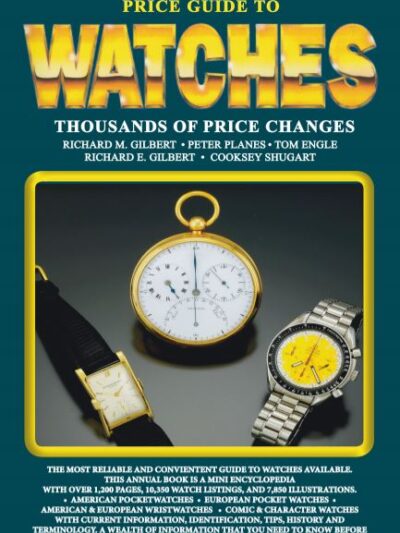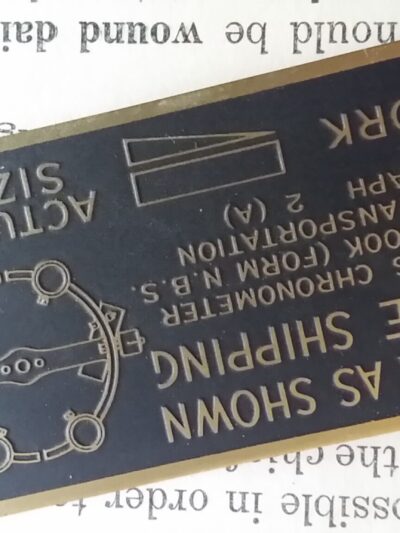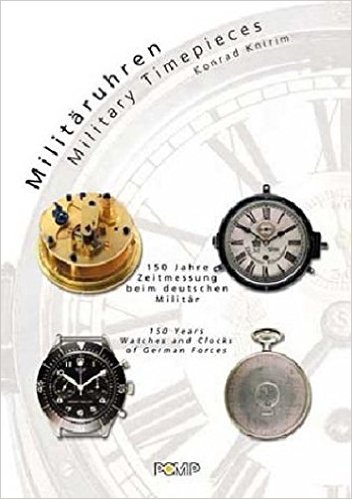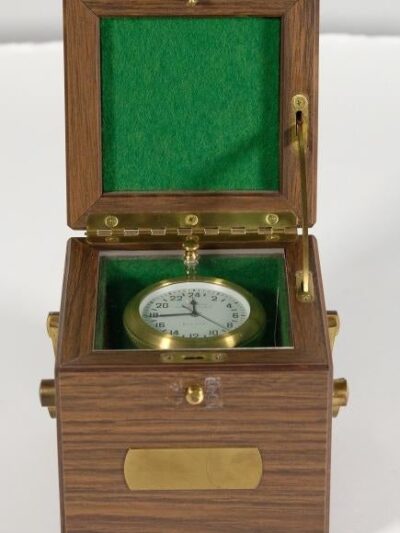Description
First published in 1923, The Marine Chronometer: Its History and Development is the long-awaited edition of the definitive reference work on the marine chronometer contains additional photographs and many of Rupert Gould’s later revisions and corrections. It deals comprehensively with the chronometers history and the earliest attempts to measure longitude while including exhaustive discussions and diagrams of the various mechanisms employed with details of their inventors. It is an extraordinary fact that the first machines capable of accurately determining a ship’s longitude, a measurement the great Sir Isaac Newton considered to be a mechanical impossibility, were invented and built by an obscure Yorkshire carpenter named John Harrison (1693 1776). Amazingly, the latter was entirely self-educated and had never served a days apprenticeship to any clockmaker. The Marine Chronometer relates the remarkable story of John Harrison’s marine timekeepers which eventually won him a 20,000 reward offered by the British Government for any method of determining a ship’s longitude. Gould also looks, in detail, at the inventions of other important scientists and pioneers such as Huygens, Thacker, Sully and Leibnitz, as well as the work of professional watchmakers including Ditisheim, Ulrich, Earnshaw, Arnold, Berthoud, Mudge and Le Roy. His fluent style and expertise allow the reader to understand technical matters that, in the hands of another writer, might prove less than clear.
